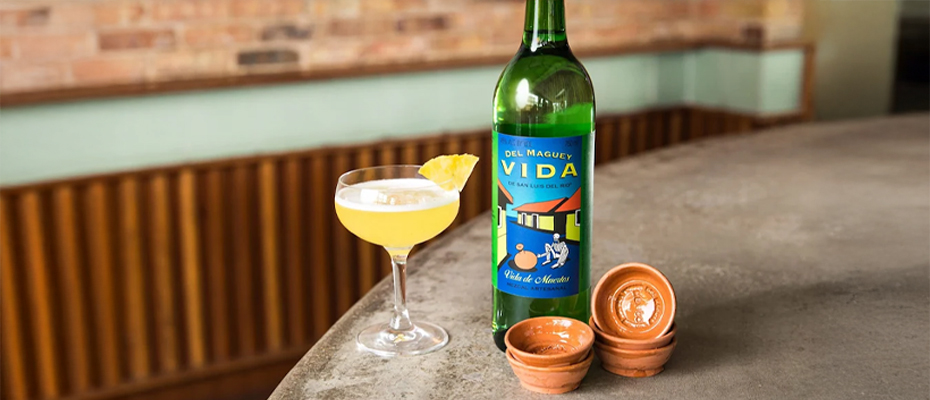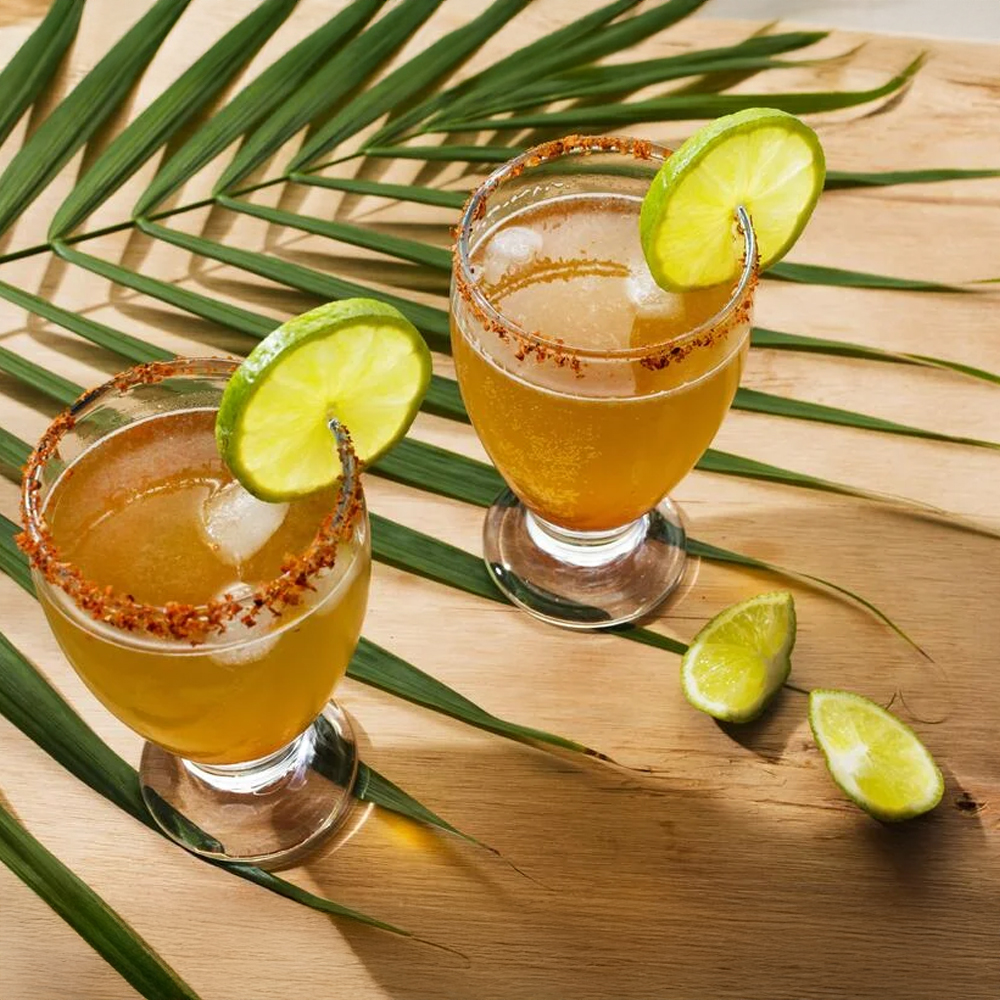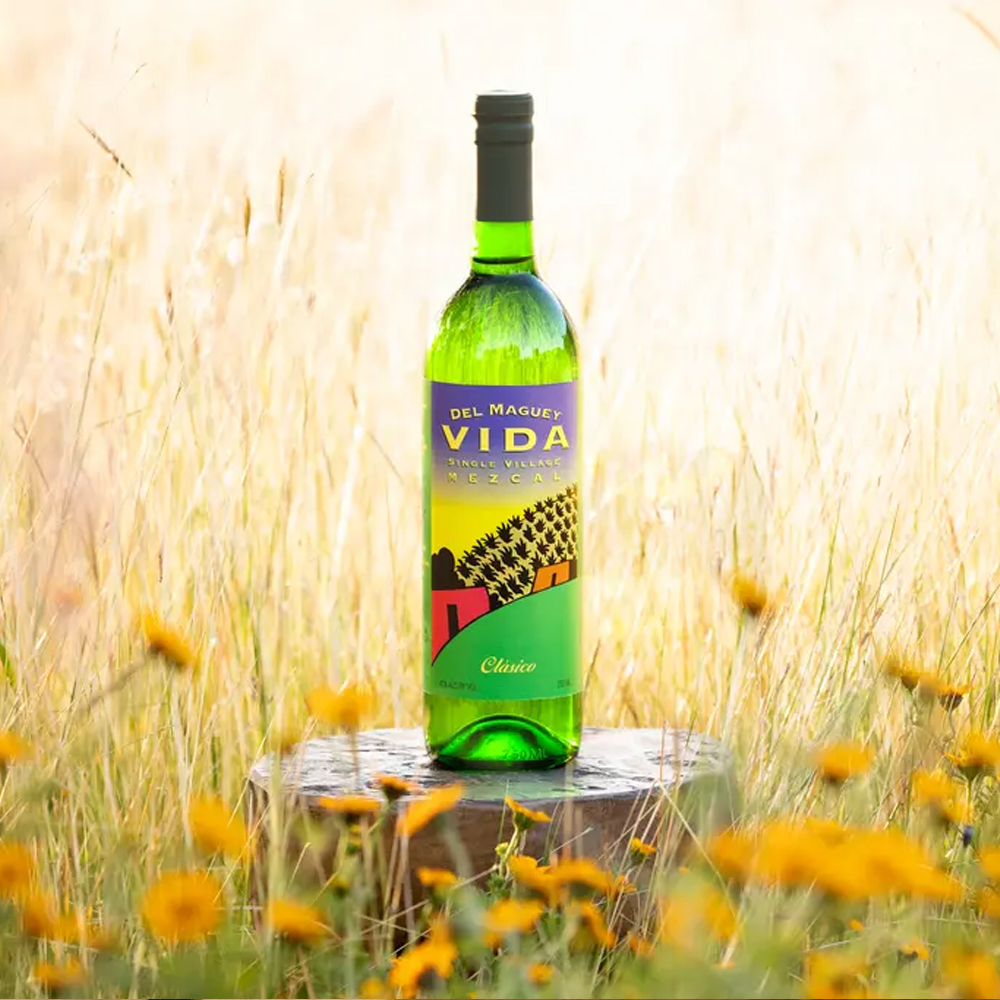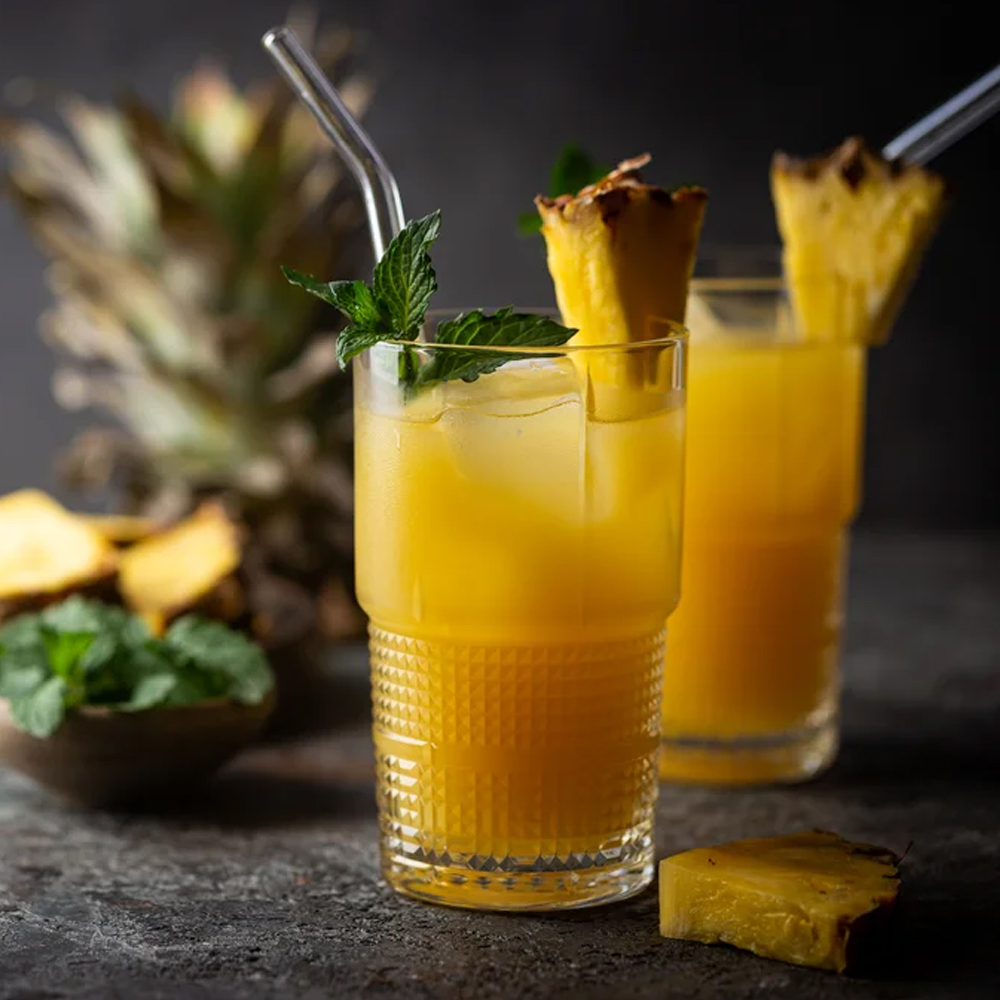Types of mezcal: explore varieties, flavors and tradition

When talking about the types of mezcal, we’re not just referring to a Mexican alcoholic beverage—we’re talking about culture, heritage, and a craft passed down through generations. Across Mexico, different types of agave plants for mezcal—also known as maguey—are transformed into unique expressions that reflect their place of origin, production method, and the vision of each mezcalero.
What Makes the Types of Mezcal So Special?
Exploring the types of mezcal means diving into a living tradition that expresses itself in every bottle. Their flavor, origin, and artisanal process give each type its own personality.
Origin and Tradition in Mexico
Mezcal is an ancestral spirit made from the heart of the cooked agave, naturally fermented and distilled. Its history goes back to pre-Hispanic times. Each type of mezcal is deeply connected to its terroir, with geographic, climatic, and cultural factors shaping its character.

Differences Between Mezcal and Tequila
Although both spirits come from agave, tequila is made only from Blue Weber agave and in specific regions like Jalisco. In contrast, mezcal can be made from over 30 types of mezcal agave, and is usually handcrafted. Tequila often delivers a consistent profile, while mezcal offers a spectrum—from smoky and mineral to fruity or herbal notes.
Main Types of Mezcal and Their Characteristics
While mezcals can be categorized by agave variety, they are also classified by aging time. These categories help define their flavor profiles and the best way to enjoy them.
Joven or Blanco Mezcal
This mezcal doesn’t age in barrels and is bottled shortly after distillation. It preserves a fresh and vibrant profile, with bold agave character. It’s ideal for cocktails or sipping neat.
Reposado Mezcal
Aged in wood barrels for two to twelve months, reposado mezcal has a softer, rounder taste with hints of vanilla, caramel, and oak. It’s a great introduction for those new to the category.
Añejo Mezcal
Aged for at least one year in barrels, añejo mezcal develops complex, robust flavors. It’s best enjoyed slowly to savor every layer.

Del Maguey: Mezcals with a Unique Identity
Del Maguey has long been a pioneer in the world of artisanal mezcal, especially known for its Single Village Mezcals crafted using traditional methods. Among its portfolio, three standout expressions highlight the best types of mezcal and the diversity of types of agave for mezcal.
Del Maguey Vida Clásico
Crafted in San Luis del Río, Oaxaca, using Espadín agave, this mezcal is ideal for beginners. Its smooth, balanced notes make it perfect for classic cocktails like a Mezcal Margarita or for sipping neat.
Del Maguey Vida de Muertos
Also made in San Luis del Río but with a higher ABV (45%), this mezcal is inspired by the batches traditionally distilled in autumn for Day of the Dead. With deeper and more complex flavors, it’s designed for flavor explorers and cultural ritual seekers.
Del Maguey Vida Puebla
Produced in Axocopan, Puebla, near the Popocatépetl volcano, this mezcal combines artisanal methods with the volcanic richness of the region. Also made with Espadín agave, it’s approachable and perfect for those beginning their mezcal journey.

How to Choose Between Different Types of Mezcal
When looking for the right mezcal, several factors can help guide your choice:
- Always check the label: Look for the agave type and denomination of origin.
- Consider the aging process: joven, reposado, or añejo.
- Think about what kind of experience you want—fresh, complex, or smooth?
- Try mezcals from different regions to discover what suits your taste.
The Cultural Wealth of Mezcal Types
Mezcal is a reflection of Mexico’s cultural, natural, and artisanal diversity. Understanding the types of mezcal allows us to appreciate the complexity behind every bottle—and the people, places, and practices that shape it. Exploring its varieties is more than a tasting—it’s a connection to the roots of one of Mexico’s most emblematic spirits.


